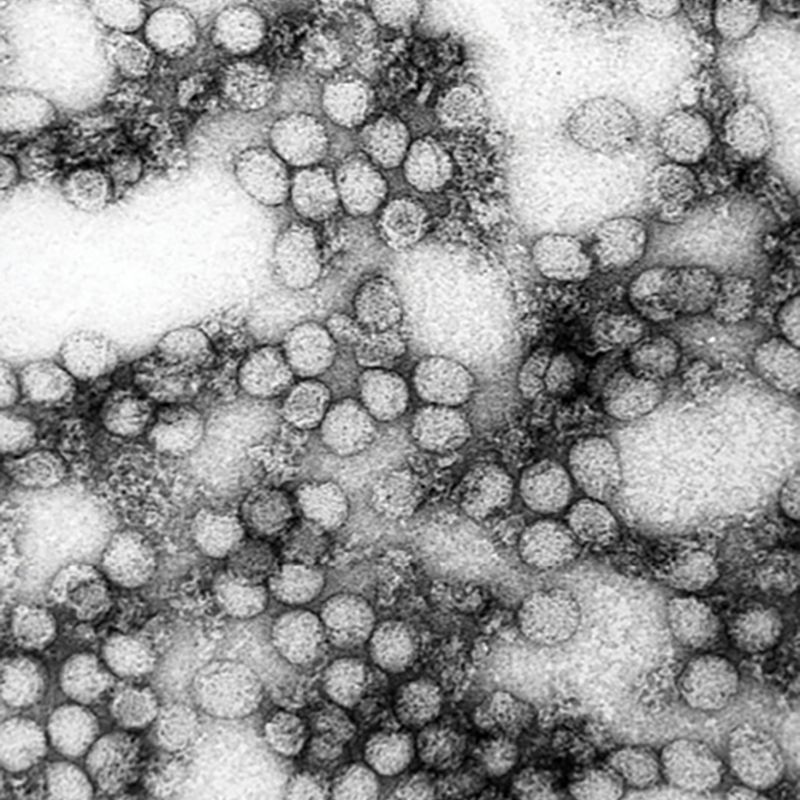How our port city was a leader in slowing the spread of diseases

If social distancing during a pandemic is unprecedented for us, it is not so for our city. Charleston, or “Charles Town,” as she was called then, was a leader in the practice of quarantining (maintaining social distance to keep disease free) in this country—before we were a country.
Our predecessors knew that people arriving from other places could bring infections into the region. As early as 1698, captains of incoming vessels were required to report onboard illnesses, and provisions had to be made for any sick sailors. In the following years, continuing yellow fever outbreaks prompted officials to pass “An Act for the More Effectual Preventing the Spreading of Contagious Diseases” on June 7, 1712. For the very first time, a public health officer, of sorts, Gilbert Guttery, was appointed and empowered to board any ship—especially those that had come from areas today known as “hot spots”—to search for “plague, smallpox, spotted fever, Siam distemper, Guinea fever, or any other malignant contagious disease.”
An infected person had to be quarantined onboard, or in the pest house on Sullivan’s Island, for 20 days. Similar to today, there were mandates for sanitation and hygiene. Fines were levied against those breaking the rules.
New laws were passed from the 1720s on into the 19th century, and even in the 20th when additional rules were put in place to protect citizens from polio and the flu. Since June 1712, physicians and others have helped Charlestonians survive each siege of disease. The tradition of staying apart for the common good continues.